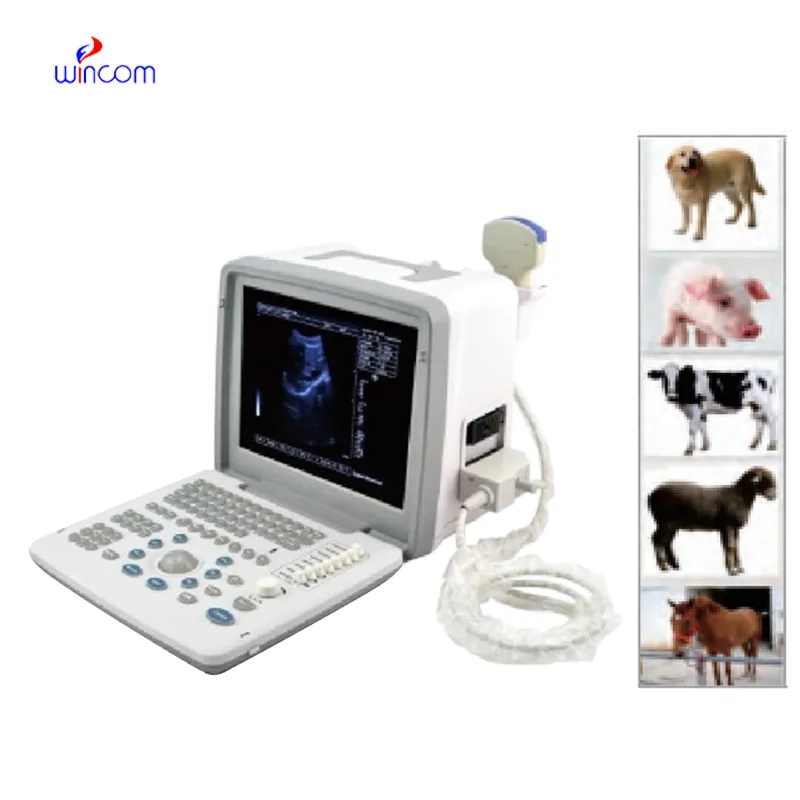
The mri machine that records dreams combines ergonomics with advanced high-performance imaging technology to deliver best-in-class scanning performance. The open and wide-bore configurations of the mri machine that records dreams improve patient access for mobility-compromised patients. The mri machine that records dreams also comes equipped with real-time monitoring, which allows radiologists to view the quality of images in real-time during scanning.

The mri machine that records dreams is used extensively in oncology to screen for tumors, check for response to treatment, and identify the makeup of tissue. It offers clean differentiation between healthy tissues and sick tissues. The mri machine that records dreams enables early detection of brain, liver, and other organ cancers and allows for appropriate medical planning.

In the coming years, the mri machine that records dreams will integrate with virtual and augmented reality interfaces, redefining how clinicians view and engage with scan data. AI-powered diagnostic assistants will assist radiologists in interpretation. The mri machine that records dreams will revolutionize clinical workflows through automation, velocity, and penetrating analytical power.

To ensure the mri machine that records dreams are in proper working condition, staff must perform daily visual examination and cleanliness tests. Scheduled engineering inspections must be carried out with coil testing and magnetic field alignment. The mri machine that records dreams should always be operated under controlled conditions to prevent equipment drift and provide accurate imaging.
The mri machine that records dreams is an imaging technology of high performance that gives unambiguous images of internal organs. The mri machine that records dreams applies its powerful magnetic resonance technology to sense subtle variations between disease and healthy tissues. The mri machine that records dreams mainly operates for diagnosis, treatment planning, and medical research across the world.
Q: Why do MRI machines make loud noises during scans? A: The noises come from the rapid switching of gradient coils that generate precise magnetic fields necessary for capturing detailed images. Q: Can MRI scans be done with contrast agents? A: Yes, sometimes contrast agents like gadolinium are used to highlight specific tissues or blood vessels, improving visibility of certain conditions. Q: How should MRI machines be maintained? A: Regular calibration, cryogen level checks, and environmental control are essential for maintaining stable magnetic performance and image accuracy. Q: Is MRI safe during pregnancy? A: MRI is typically considered safe during pregnancy, especially after the first trimester, but contrast agents are usually avoided unless medically necessary. Q: Can MRI be used in veterinary medicine? A: Yes, MRI is widely used in veterinary hospitals to diagnose brain, spine, and joint conditions in animals with the same precision as in human medicine.
The delivery bed is well-designed and reliable. Our staff finds it simple to operate, and patients feel comfortable using it.
The hospital bed is well-designed and very practical. Patients find it comfortable, and nurses appreciate how simple it is to operate.
To protect the privacy of our buyers, only public service email domains like Gmail, Yahoo, and MSN will be displayed. Additionally, only a limited portion of the inquiry content will be shown.
We’re interested in your delivery bed for our maternity department. Please send detailed specifica...
We are planning to upgrade our imaging department and would like more information on your mri machin...
E-mail: [email protected]
Tel: +86-731-84176622
+86-731-84136655
Address: Rm.1507,Xinsancheng Plaza. No.58, Renmin Road(E),Changsha,Hunan,China